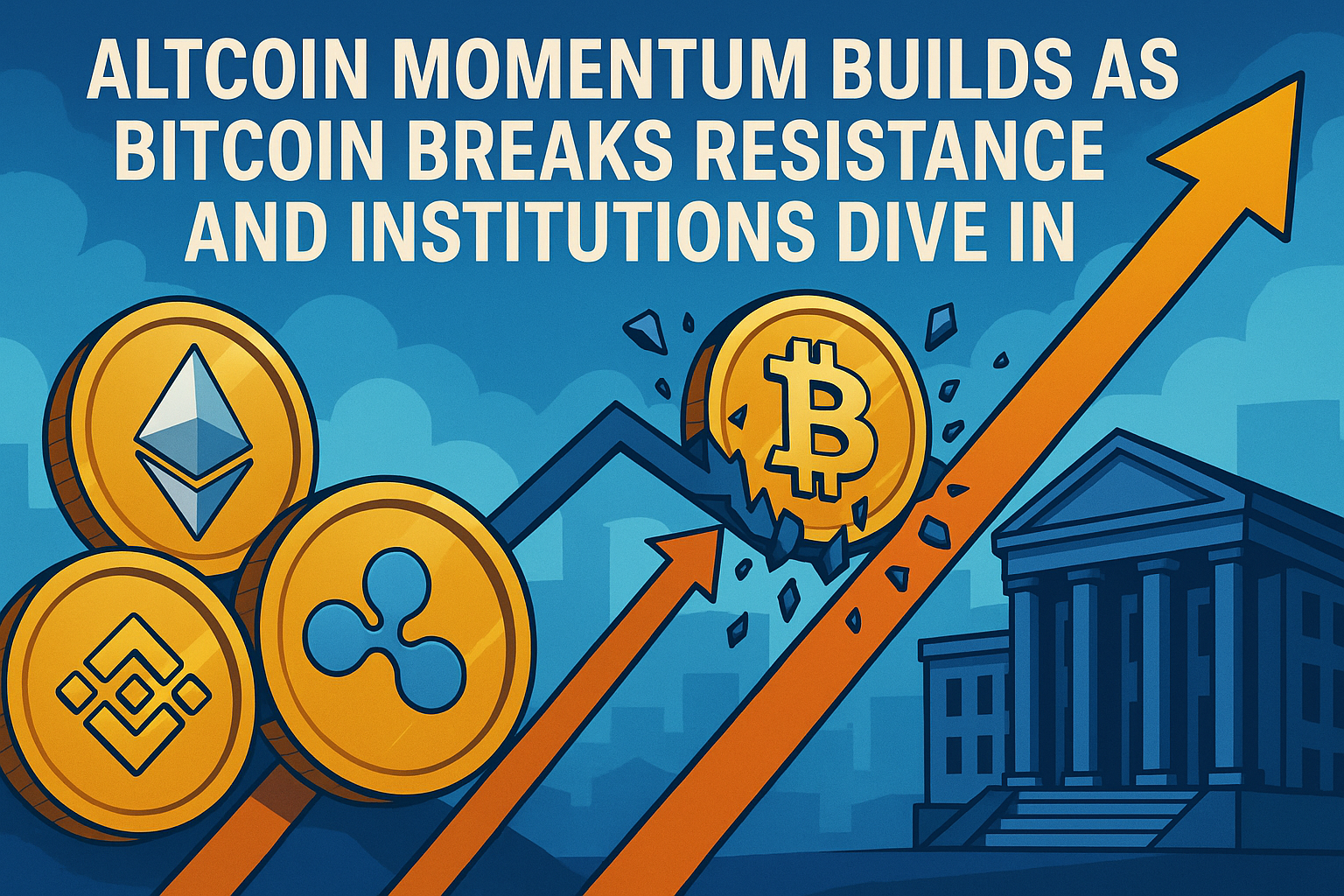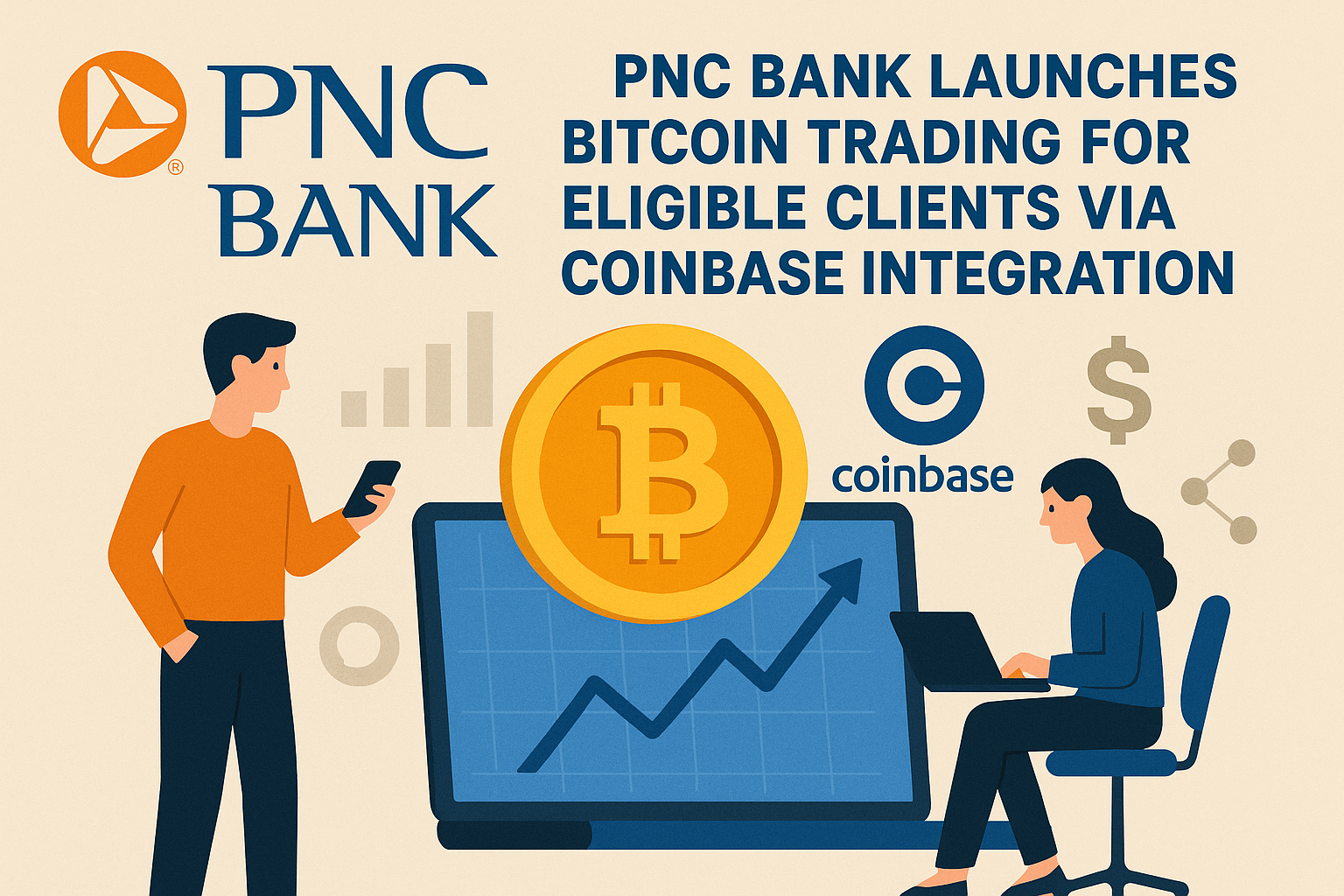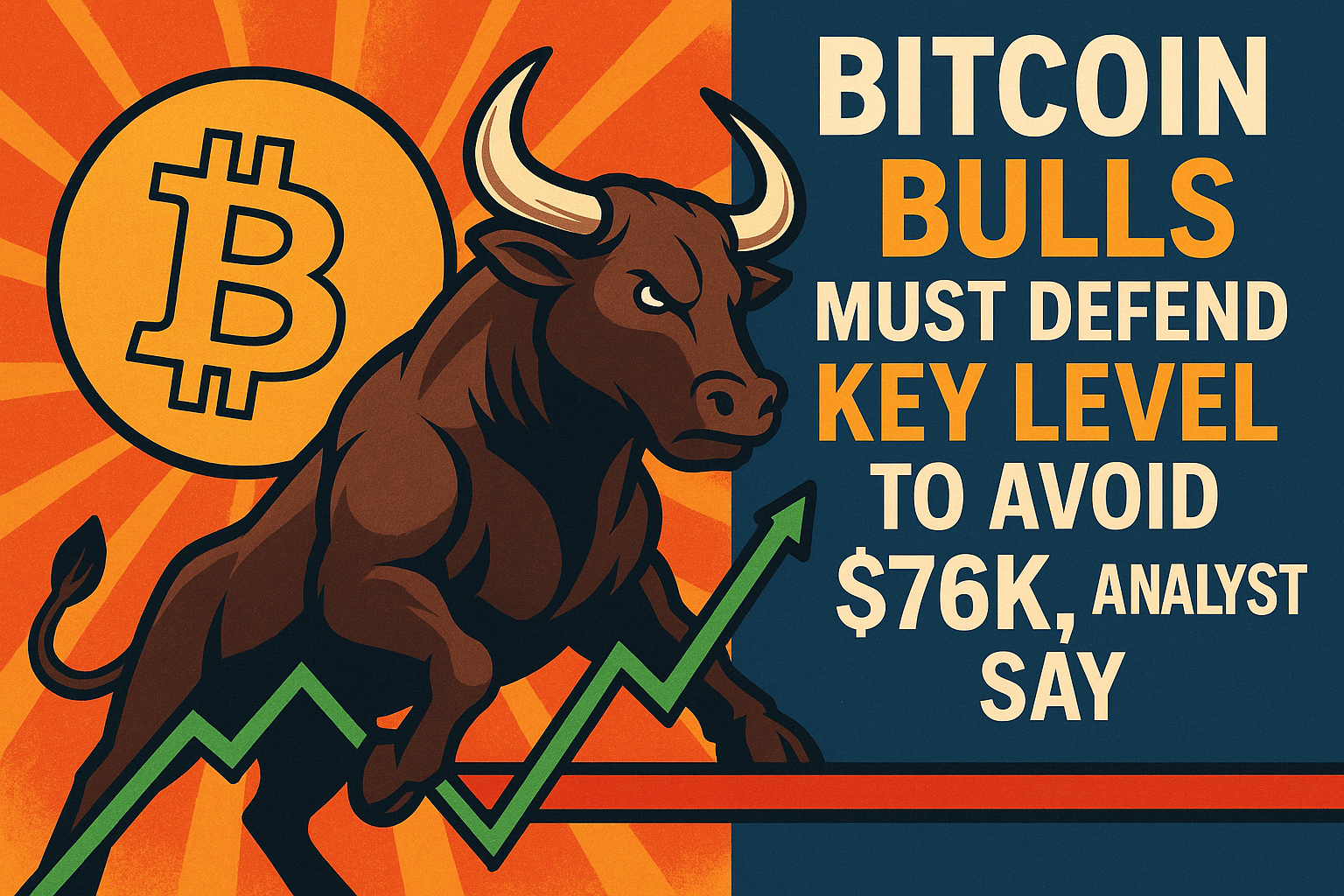Table of Contents
In the world of digital currencies, one name stands out above all others - Bitcoin. Since its inception in 2009, Bitcoin has captivated the imaginations of individuals, investors, and even governments worldwide.
Its unprecedented rise to prominence has revolutionized the financial landscape and sparked a global frenzy around cryptocurrencies.
Join us as we embark on a journey through the captivating history of Bitcoin, exploring its origins, key milestones, and the profound impact it has had on the modern world.
Summary of Bitcoin's History:
- The Genesis
- Birth of the Blockchain
- Early Adoption
- Mainstream Adoption
- Institutional Acceptance
- Regulatory Landscape
- Bitcoin Beyond Borders
- The Future of Bitcoin
- Conclusion

The Genesis: October 2008
Bitcoin was introduced to the world in a whitepaper titled "Bitcoin: A Peer-to-Peer Electronic Cash System" published by an individual or group operating under the pseudonym Satoshi Nakamoto in October 2008.
The groundbreaking paper outlined the concept of a decentralized digital currency that eliminated the need for intermediaries like banks to facilitate transactions.

Birth of the Blockchain: January 3rd, 2009
On January 3, 2009, Nakamoto mined the first-ever block of the Bitcoin blockchain, known as the "genesis block." This event marked the birth of Bitcoin as well as the initiation of the blockchain, a revolutionary technology underlying cryptocurrencies.
The blockchain served as a public ledger that recorded and validated all Bitcoin transactions, ensuring transparency and security.

Early Adoption - 2010:
Bitcoin initially gained traction within the cypherpunk and cryptography communities, as well as among those seeking an alternative to traditional financial systems.
In May 2010, Laszlo Hanyecz famously made the first real-world transaction using Bitcoin by purchasing two pizzas for 10,000 BTC, which would be worth millions of dollars today.
However, Bitcoin's early years were not without challenges. It faced skepticism, regulatory scrutiny, and associations with illicit activities due to its pseudo-anonymous nature. Infamous incidents like the collapse of the Mt. Gox exchange in 2014, which resulted in the loss of hundreds of millions of dollars worth of Bitcoin, highlighted the need for improved security measures and regulatory frameworks.

Mainstream Adoption: 2011-2015
Despite the hurdles, Bitcoin continued to grow steadily. As more people recognized its potential, entrepreneurs, and developers started building infrastructure around the cryptocurrency.
In 2011, multiple new cryptocurrency exchanges emerged, allowing users to buy and sell Bitcoin more easily.
In 2013, Bitcoin reached a significant milestone when its price surged to over $1,000 for the first time. This sparked mainstream media attention and attracted the interest of investors, leading to a period of intense speculation and volatility. Over time, major companies, including Microsoft, Dell, and PayPal, began accepting Bitcoin as a form of payment, further enhancing its legitimacy.
Evolving Ecosystem and Technological Advancements: Bitcoin's success spurred the development of thousands of alternative cryptocurrencies, often referred to as altcoins, each with its own unique features and use cases. Additionally, advancements like the Lightning Network, introduced in 2015, aimed to address Bitcoin's scalability issues by enabling faster and cheaper transactions off-chain.
Furthermore, the underlying technology of blockchain has garnered attention beyond cryptocurrencies. Industries ranging from finance and supply chain management to healthcare and voting systems have explored the potential of blockchain for transparency, security, and efficiency.

Institutional Acceptance: December 2017:
Bitcoin's credibility received a significant boost when renowned institutions and traditional investors started acknowledging its value.
In December 2017, the Chicago Mercantile Exchange (CME) and Chicago Board Options Exchange (CBOE) launched Bitcoin futures contracts, allowing institutional investors to speculate on Bitcoin's price.
COVID: 2020
In 2020, amidst the COVID-19 pandemic, the cryptocurrency market experienced another surge. MicroStrategy, a business intelligence company, made headlines by purchasing over $1 billion worth of Bitcoin as a treasury reserve asset, followed by Tesla, led by Elon Musk, investing $1.5 billion in Bitcoin.
These moves signaled a growing acceptance of Bitcoin as a legitimate store of value and sparked renewed interest from institutional investors.
Regulatory Landscape and Global Impact:
As Bitcoin gained prominence, governments around the world grappled with how to regulate the nascent cryptocurrency. Some countries, like Japan, embraced Bitcoin by recognizing it as a legal payment method, while others, such as China, imposed strict regulations or outright bans.
The decentralized and borderless nature of Bitcoin also made it a favored tool for individuals in countries experiencing economic turmoil or strict capital controls.
In Venezuela, Nigeria, and other nations, Bitcoin became a lifeline for citizens seeking financial stability and a means to bypass government restrictions.
Beyond Borders:
Bitcoin's Socioeconomic Influence: Bitcoin has not only revolutionized finance but has also impacted socioeconomic dynamics globally. In regions with limited access to traditional banking services, Bitcoin has provided a means for financial inclusion, allowing individuals to participate in the global economy without relying on traditional financial institutions.
Furthermore, Bitcoin has become a symbol of resistance against centralized authorities and monetary policies. Its decentralized nature and the absence of a central bank make it immune to inflation and manipulation, appealing to those who question the stability of fiat currencies.

The Future of Bitcoin:
As Bitcoin continues to evolve, its future remains both promising and uncertain. The scalability challenge, energy consumption concerns, and regulatory hurdles pose ongoing obstacles to overcome. Advancements in technology, such as the development of layer-two solutions and more sustainable mining practices, show promise in addressing these issues.
The concept of digital currencies and blockchain technology has inspired further innovation, with projects exploring applications in areas like decentralized finance (DeFi), non-fungible tokens (NFTs), and smart contracts.
These developments highlight the potential for a future where Bitcoin and other cryptocurrencies play a significant role in shaping the global financial landscape.

Conclusion:
Bitcoin's journey from a whitepaper to a global phenomenon in just over a decade has been nothing short of remarkable. Its history is intertwined with technological breakthroughs, market fluctuations, regulatory challenges, and socioeconomic impact.
Bitcoin has paved the way for the broader adoption of cryptocurrencies and has sparked a paradigm shift in our understanding of money and finance.
As we move forward, the story of Bitcoin continues to unfold, leaving us eagerly anticipating what lies ahead for Bitcoin and the exciting world of digital currencies.






